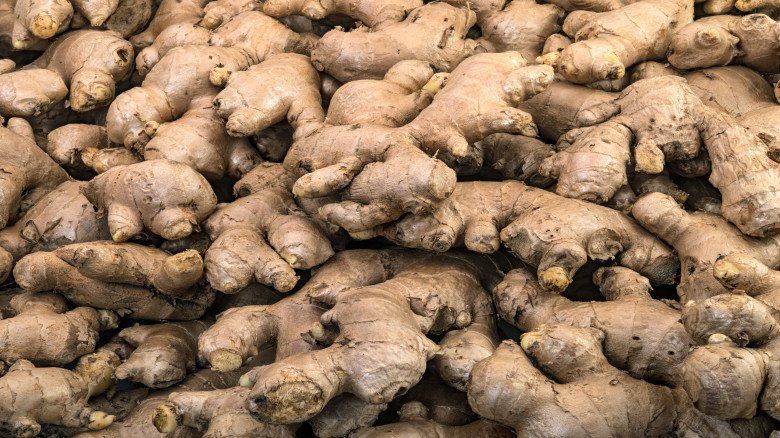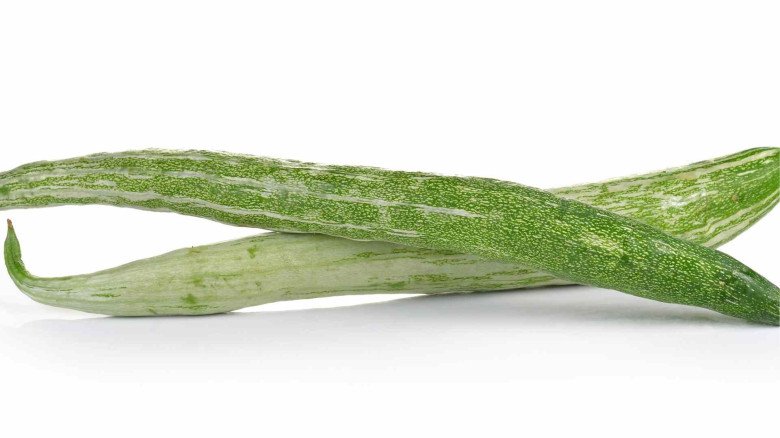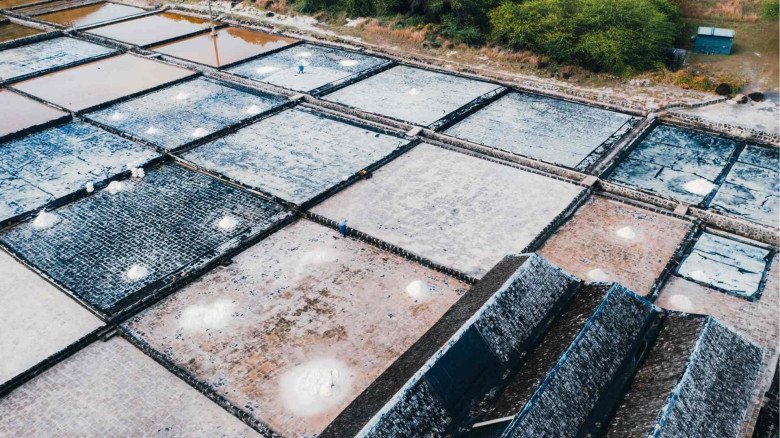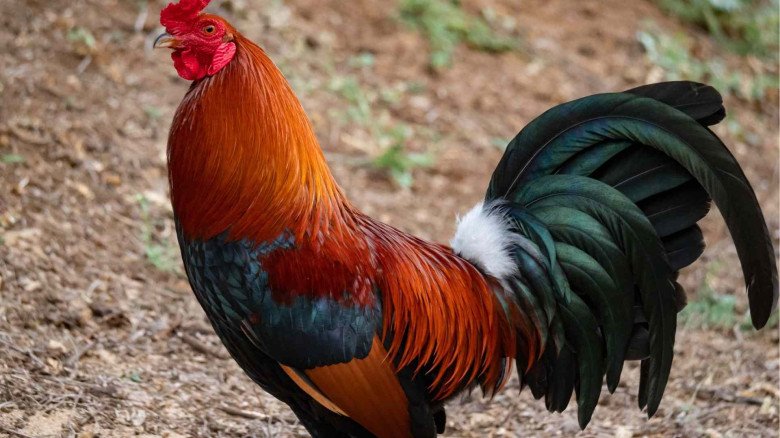Warm, Dry Weather Increases Weed Growth | Managing Weed Infestations
In spite of heavy snowfall in January and widespread rainfall in the Midwest, dryness is still a major issue in Iowa and Missouri at the beginning of March.
When seeds start to germinate in the early parts of the growing season, soil moisture will affect things and cause more problems when it comes to weed treatment in 2024.
The necessity of keeping an eye on the short-term outlook is increased under dry weather. Since many herbicides are moisture-activated, it will be important to take advantage of any rains that occur while weeds are beginning to take over.
Richard Zollinger, a weed specialist from North Dakota State University, stated that "postemergence herbicides are less effective with dry conditions than with good growing conditions, but the weed situation can be evaluated before making a decision about postemergence herbicide use."
Herbicides wouldn't be required if there were crop failure or weed issues didn't arise. Furthermore, certain weed issues may be recognised, and the most appropriate pesticide can be used in that instance.
Johnson said that under these circumstances, preplant tillage works well since it gets rid of weed seeds before the growth season.
He said that there may be problems in 2024 for anyone wishing to plant green as a cover crop.
He expressed his concern about people wishing to cultivate greenery during a drought. Because the cover crops had a competitive edge in consuming any available soil moisture in 2023, we had crops that really struggled in those planting green scenarios. Terminate cover crops before planting rather than after planting if the weather remains dry.
According to Johnson, the worry over herbicide spread is also impacted by the drought. In the event that the unusually dry circumstances persist throughout planting season, corn herbicides such as atrazine, mesotrione, and clopyralid may pose a threat to the development of soybean stands in Missouri and Iowa, according to the drought monitor system.
The conventional wisdom, according to Zollinger, was that a field had a greater chance of herbicide carryover the following year if it had less than 15 inches of precipitation between application and autumn freeze up. "Some of that worry may be allayed by mild winters, but January was particularly harsh in the northern Corn Belt."
There are unique issues arising from the recent warm weather.
"Weed seeds require a specific amount of growing degree days, and each one is different, when it was warm and it stays that way. Kevin Bradley, a cannabis expert from the University of Missouri, stated, "Those requirements are met much earlier." "If this weather persists, weeds will probably emerge earlier."
Temperatures will influence fall weeds as well as how severe the weed pressure is early in the season, according to Purdue University weed scientist Bill Johnson.
Thus, early summer annuals like foxtail, lambsquarter, common and gigantic ragweed will have an advantage over later-blooming plants like waterhemp, morning glories and autumn panicum if the spring heats up rapidly, according to Johnson.
-logo.webp.png)
.jpg)
-logo.webp.png)


































Leave A Comment